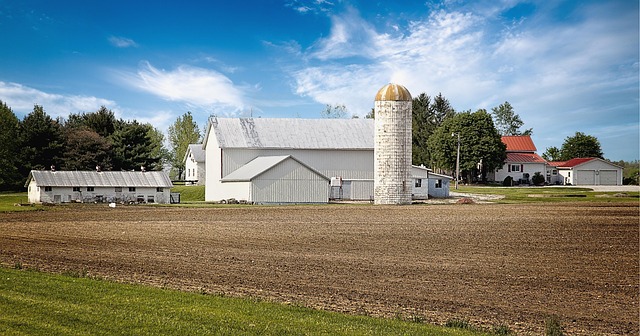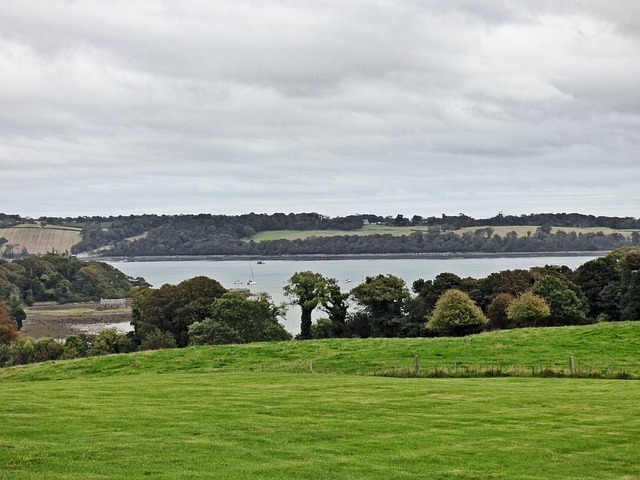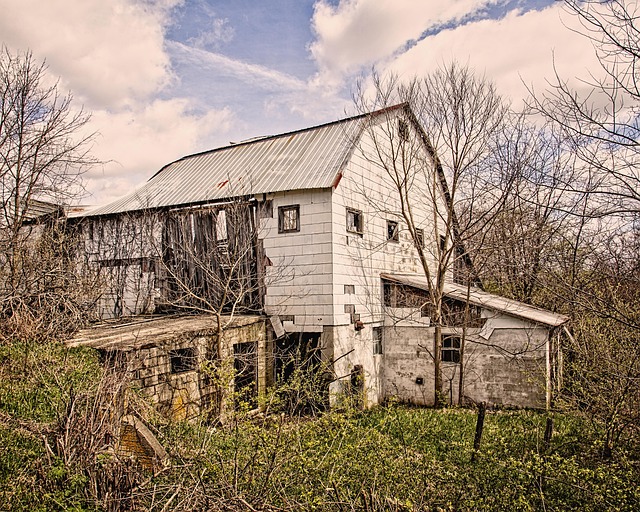Military presence along borders profoundly affects local real estate markets, with bases boosting property values but potentially displacing residents. Border security measures, including checkpoints and surveillance tech, stimulate economic growth but may hinder legitimate trade. This dynamic creates a mix of benefits and challenges for communities near military posts, driving real estate development and requiring careful integration of diverse populations while managing infrastructure strain and public services.
“In regions with significant military and border influences, the interplay between these forces shapes local real estate markets and community development. This article explores the multifaceted impact of the military’s presence on regional economies and residential property values. We delve into how border security measures, often driven by geopolitical factors, contribute to or hinder regional growth. Understanding these dynamics is crucial for both policymakers and real estate professionals navigating these unique landscapes.”
The Impact of Military Presence on Local Real Estate Markets

The military’s influence on border regions extends far beyond security and defense, profoundly impacting local real estate markets. The presence of military bases can significantly drive up property values in nearby areas due to increased demand for housing from service members and their families. This effect is often a double-edged sword; while it benefits homeowners and local economies through higher property taxes, it may also lead to displacement for long-time residents as land becomes increasingly valuable for commercial development.
The real estate landscape near military bases frequently features a mix of established communities and newer, more affluent neighborhoods. Military families seek stable housing options close to their posts, driving up the demand for well-maintained properties. This dynamic can result in a thriving local market with diverse housing choices but also create challenges for those looking to sell or rent at fair prices, especially if base closures or downsizing are on the horizon.
Border Security Measures and Their Influence on Regional Development

Border security measures play a pivotal role in shaping regional development, especially along delicate international boundaries. These strategies often involve stringent checkpoints, advanced surveillance technology, and robust infrastructure to safeguard against potential threats. The implementation of such measures can have both immediate and long-term effects on local economies and communities. On one hand, they enhance stability by deterring illegal activities, including cross-border crime and unauthorized immigration. This sense of security can attract investors and businesses, stimulating economic growth in nearby areas and potentially driving up real estate values.
Furthermore, border security projects may create job opportunities during construction phases and establish new industries focused on supporting these operations. However, strict border controls can also present challenges for legitimate trade and cross-border cooperation. Balancing security needs with facilitating regional integration is crucial to ensuring sustainable development along borders, fostering a positive impact on the surrounding landscape of real estate and community prosperity.
How Military-Border Dynamics Shape Property Values and Community Growth

Military-border dynamics significantly influence property values and community growth in nearby areas. The presence of military bases often drives up real estate prices due to high demand for housing from service members and their families. This can lead to both positive and negative effects on local communities; while it may bring economic benefits, it can also cause strain on public services and infrastructure.
Border regions with strong military influence often experience accelerated community growth as people move in for job opportunities or security. These areas might attract diverse populations, fostering cultural richness but also presenting challenges related to integration and resource management. Real estate developers take notice of these trends, targeting their projects towards meeting the unique needs of such communities, from specialized housing to enhanced security measures.






